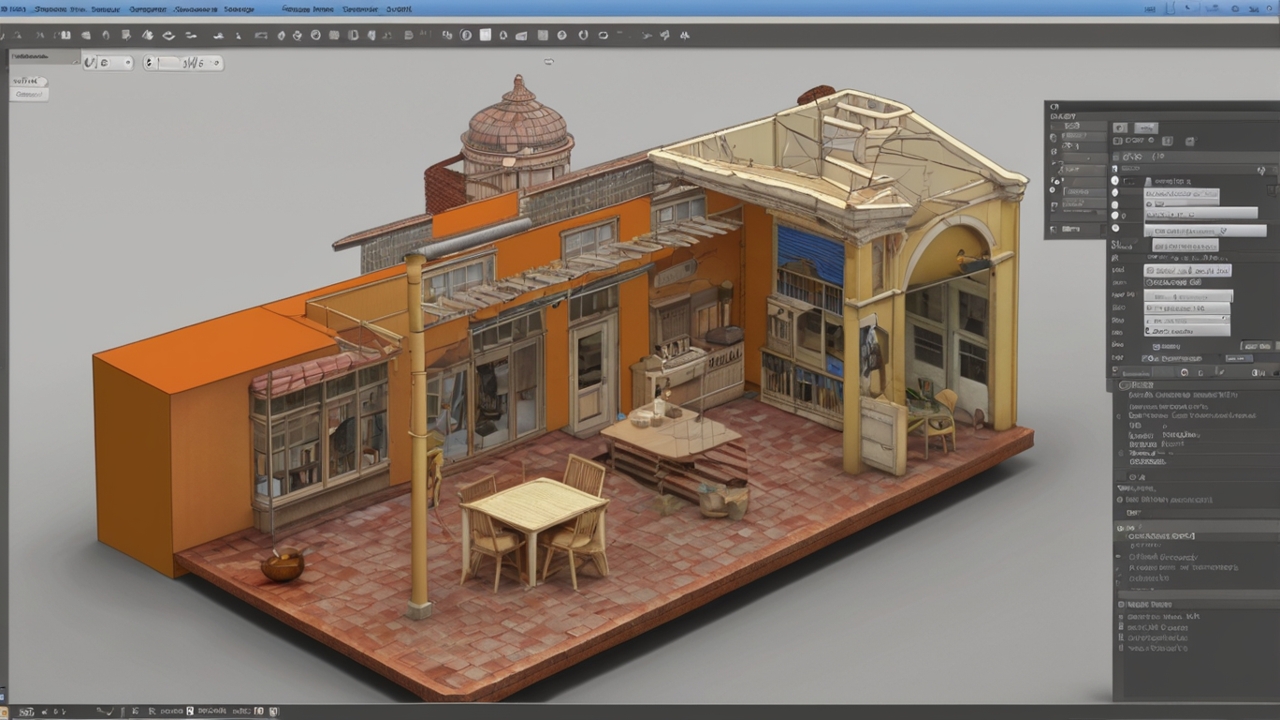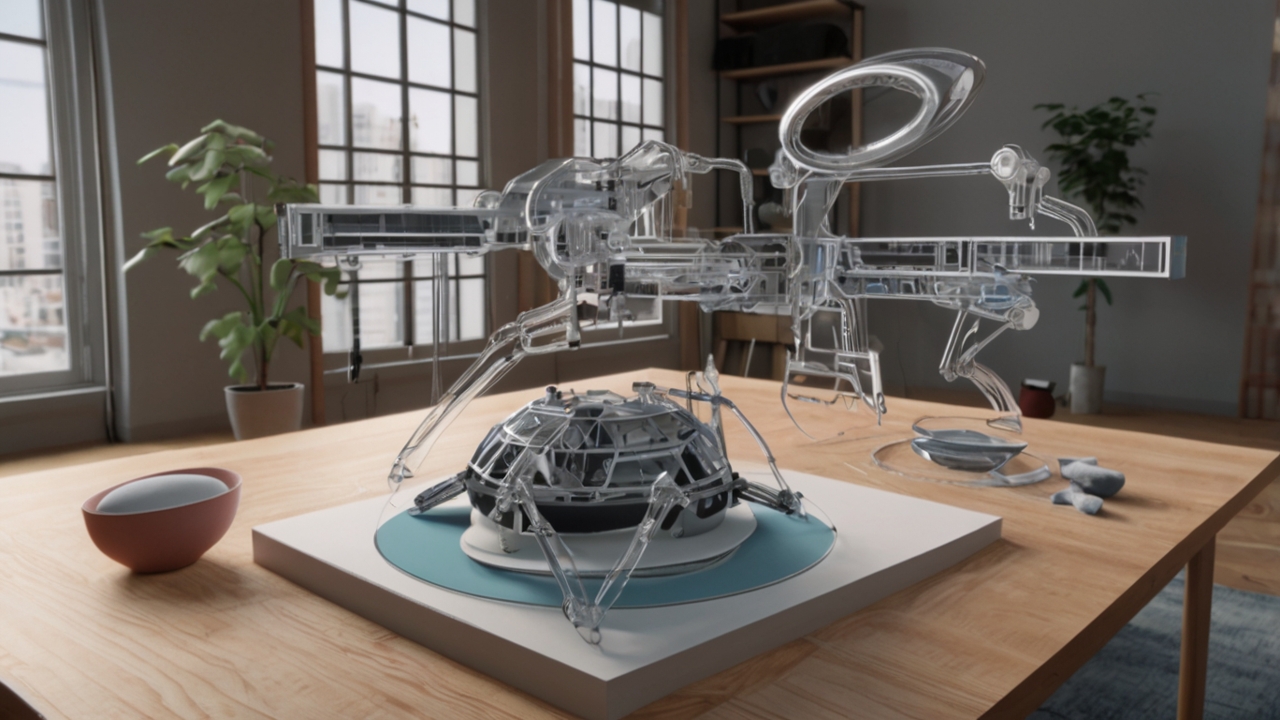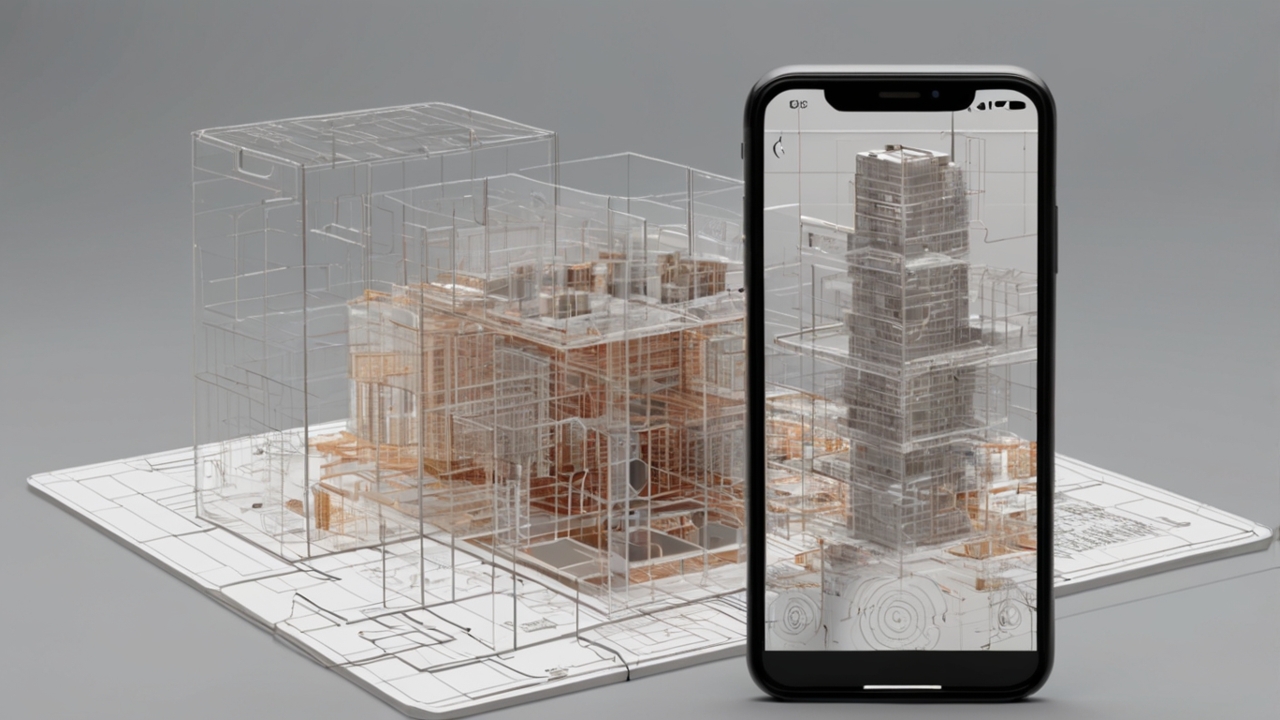Mayumiotero – In the evolving world of digital creativity, Semantic Segmentation has become one of the most transformative innovations in image editing. Unlike traditional selection tools that rely on manual precision, semantic segmentation uses artificial intelligence to understand the context and meaning of each pixel within an image. It doesn’t just detect shapes or edges it interprets what those pixels represent: a face, a sky, a car, or even a shadow. This capability allows visual editors to manipulate specific elements seamlessly, making the entire process faster, smarter, and more intuitive.
“Read also: How Data Silos Are Quietly Holding Back Enterprise AI“
How Semantic Segmentation Works Behind the Scenes
At its core, Semantic Segmentation is driven by deep learning algorithms, particularly Convolutional Neural Networks (CNNs). These networks process an image pixel by pixel, categorizing each part into defined classes. For example, an AI model can distinguish “hair” from “background” or “street” from “building.” By labeling every region semantically, it creates a structured map that represents the content of an image. This structure empowers editing tools to make context-aware adjustments such as changing the sky’s color without affecting the buildings a task that once required hours of manual masking.
From Manual Masking to Intelligent Automation
Before the integration of AI, image editing demanded significant manual effort. Artists had to create layer masks, refine edges, and adjust transparency with painstaking accuracy. Today, Semantic Segmentation eliminates most of that work. Through AI-assisted tools, creators can isolate objects with a single click. For instance, removing a person from a crowd or replacing a car in a busy street scene can now be achieved almost instantly. Personally, I see this as a monumental shift not just in speed but in the accessibility of professional-quality editing for everyone, regardless of skill level.
Applications Across Popular Visual Editing Tools
Many industry-leading software platforms have already integrated Semantic Segmentation to enhance user experiences. Adobe Photoshop, for instance, uses AI-based “Select Subject” and “Remove Background” features powered by machine learning models. Similarly, Canva and Fotor leverage semantic understanding to simplify background editing, while video tools like Runway ML allow editors to separate moving subjects from scenes dynamically. Even open-source frameworks like Stable Diffusion and OpenCV now provide segmentation APIs, democratizing this once-exclusive technology. It’s a fascinating blend of art and science where creativity meets computation.
The Role of Semantic Segmentation in Creative Flexibility
One of the most remarkable aspects of Semantic Segmentation is how it expands creative freedom. Editors can now reimagine scenes entirely turning daytime photos into nighttime shots or modifying the color of specific clothing without affecting the rest of the frame. Beyond aesthetics, it enables functional uses such as object counting, texture replacement, or visual storytelling enhancements. In my view, this technology represents a new era where design intuition is amplified by machine intelligence, bridging the gap between imagination and execution.
Technical Challenges and Limitations
Despite its promise, Semantic Segmentation is not without challenges. Accuracy still depends heavily on training data quality and computational resources. Complex backgrounds, overlapping objects, or unusual lighting conditions can lead to imperfect segmentation. Moreover, while AI can recognize broad categories, it sometimes struggles with subtle distinctions for example, differentiating between “glass reflection” and “transparent surface.” From an ethical standpoint, there’s also the question of how such precise image manipulation can be misused, blurring lines between authenticity and alteration. Addressing these issues is essential for maintaining trust in digital media.
Integration with Generative AI and Diffusion Models
As generative AI continues to advance, Semantic Segmentation is becoming a critical component of intelligent image synthesis. Tools like Stable Diffusion and Midjourney use segmentation maps to guide image generation, ensuring structural consistency between the original and the modified version. This integration allows creators to change entire backgrounds, reposition objects, or retexture materials with remarkable precision. Essentially, segmentation acts as the “language” that helps AI understand where and how to make changes turning a once-static editing process into an interactive, adaptive experience.
“Read more: Baidu’s ERNIE Model: A New Multimodal AI Built for Real Enterprise Challenges“
Semantic Segmentation Beyond Photography
Interestingly, the impact of Semantic Segmentation extends far beyond visual editing. In fields like autonomous driving, it helps vehicles interpret their surroundings by identifying roads, pedestrians, and obstacles. In medical imaging, segmentation enables the detection of tumors or organ boundaries with pixel-level accuracy. Even in environmental monitoring, it helps analyze satellite images to track deforestation or urban expansion. While these applications may seem distant from digital art, they all share the same foundation understanding images at a semantic level to make smarter, context-aware decisions.
Redefining the Human Role in Digital Creation
As someone passionate about both technology and artistry, I believe Semantic Segmentation is not replacing creativity but refining it. It removes the repetitive, mechanical parts of editing and allows creators to focus on the storytelling aspect. The human eye and intuition remain irreplaceable; what changes is how efficiently those visions are realized. In many ways, this evolution mirrors how the camera once transformed art it didn’t eliminate painting; it expanded what was possible. Similarly, segmentation is pushing visual creativity toward new dimensions of precision and possibility.
The Future of Visual Editing Through Semantic Understanding
Looking ahead, Semantic Segmentation will likely evolve into real-time, context-aware editing. Imagine augmented reality systems that can instantly separate subjects from backgrounds, or video platforms where AI dynamically enhances lighting and focus. With advancements in transformer models and multimodal AI, segmentation will move from static image recognition to full-scene understanding. This means tools won’t just see pixels they’ll understand meaning, emotion, and narrative. When that happens, editing will become not just about visual manipulation but about co-creating experiences with intelligent systems.













